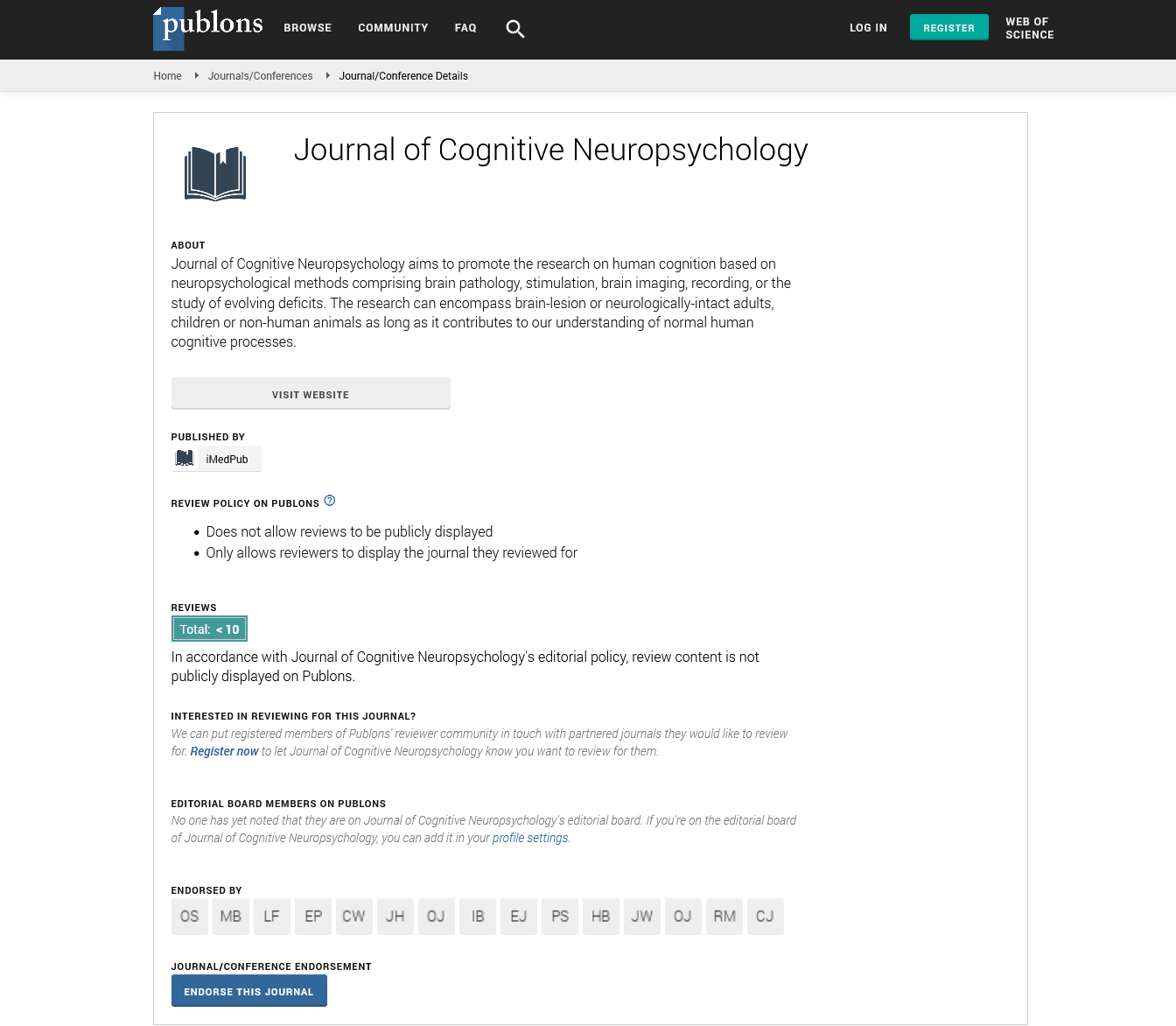Abstract
NEUROPHYSIOLOGY 2021: Edit efficacy of constraint-induced movement therapy in cerebral palsy children with asymmetric hand impairment- Chulalongkorn University, Thailand
Constraint-induced movement therapy (CIMT), also known as forced use movement therapy, is a therapeutic approach to rehabilitation of movement after stroke. It has purportedly been demonstrated to improve motor function in patients following cerebro-vascular accident (CVA). The intensity and schedule of delivery of CIMT is different from that of traditional physical rehabilitation approaches. Constraint-induced movement therapy entails a family of rehabilitation techniques with an underlying goal of inducing individuals with stroke to markedly increase the use of a more-affected upper extremity (UE) for many hours a day over a period of 2 to 3 weeks. The principal therapy involves constraining movements of the less-affected arm with a sling for 90 % of waking hours for the duration of therapy, while intensively training use of the more-affected arm.
Author(s): Rattana Rattanatharn
Abstract | PDF
Share This Article
Google Scholar citation report
Citations : 8
Journal of Cognitive Neuropsychology received 8 citations as per Google Scholar report
Journal of Cognitive Neuropsychology peer review process verified at publons
Abstracted/Indexed in
- Google Scholar
- Publons
- MIAR
Open Access Journals
- Aquaculture & Veterinary Science
- Chemistry & Chemical Sciences
- Clinical Sciences
- Engineering
- General Science
- Genetics & Molecular Biology
- Health Care & Nursing
- Immunology & Microbiology
- Materials Science
- Mathematics & Physics
- Medical Sciences
- Neurology & Psychiatry
- Oncology & Cancer Science
- Pharmaceutical Sciences
